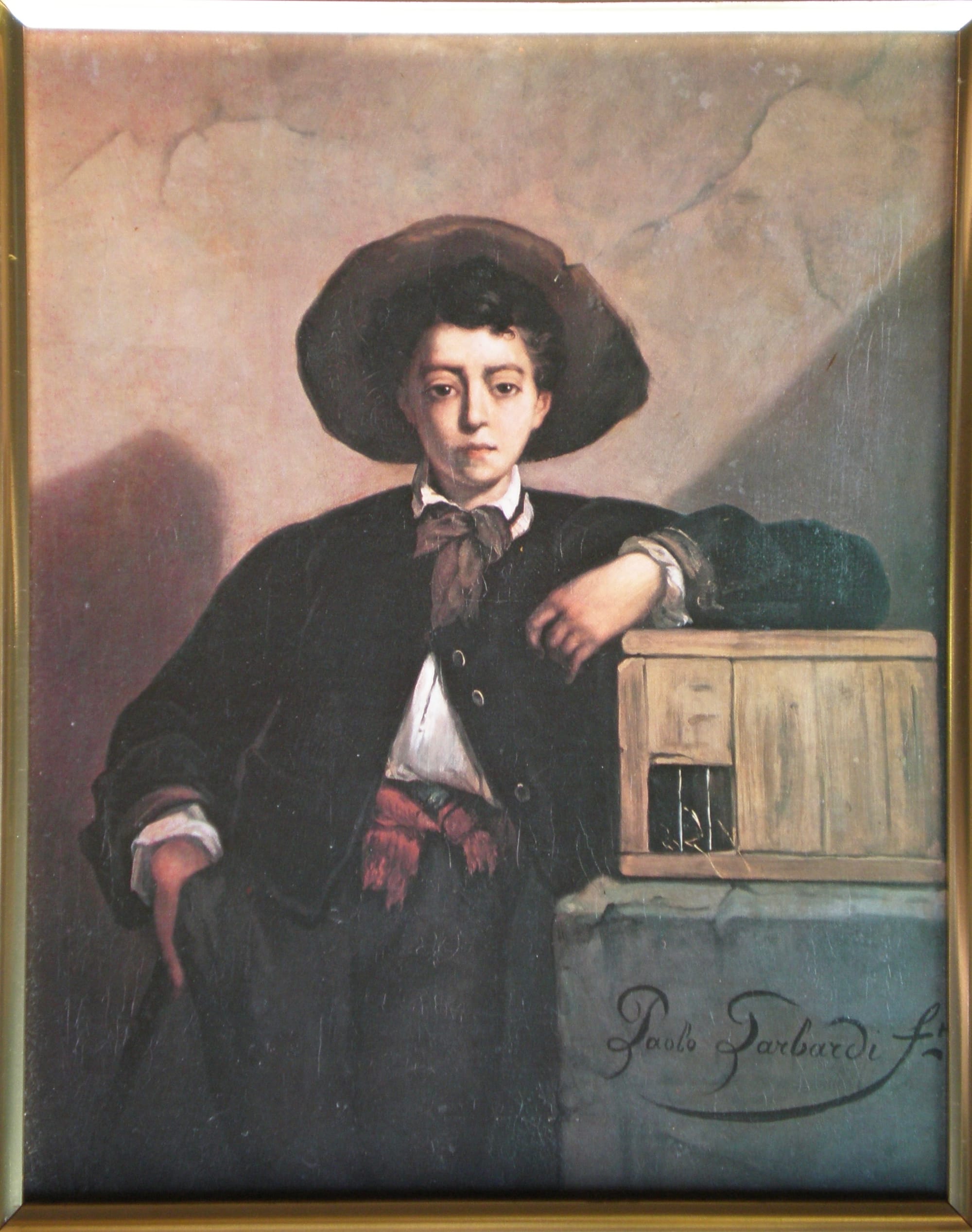European Echoes – Landmarks & Legacy
A visual journey through Europe’s architectural grandeur and cultural memory.
During my various travels across Europe—mainly work-related (thus, delightfully free!)—I’m always on the lookout for original art by local artists. From the poetic arches of Prague’s Charles Bridge to the scholarly quietude of Oxford’s Turl Street, this exhibition celebrates Europe’s enduring landmarks and the emotional resonance they carry. Karl Beutel’s Edinburgh Castle and John McGready’s tribute to Robert Burns anchor Scotland’s cultural pride, while Enrique Ochoa’s The Scholar’s Repose and Parbacli’s Portrait of a Child offer introspective counterpoints. Together, these works form a mosaic of European identity—historic, intellectual, and deeply human.
Charles Bridge by unknown artist
The painting captures Charles Bridge not as a tourist landmark, but as a threshold between worlds. Beneath a bruised sky, the bridge stretches across the Vltava like a spine of stone, its gothic arches echoing centuries of history and sorrow. In the distance, Prague Castle looms, half-shrouded in mist—less a fortress than a memory. Ghostly figures drift across the bridge, their forms blurred and translucent, as if caught between time and substance. Some walk alone, others in pairs, but none seem to speak. Their faces are indistinct, their steps silent. They move not toward the city, but into the abyss—toward the vanishing point where the bridge dissolves into shadow.
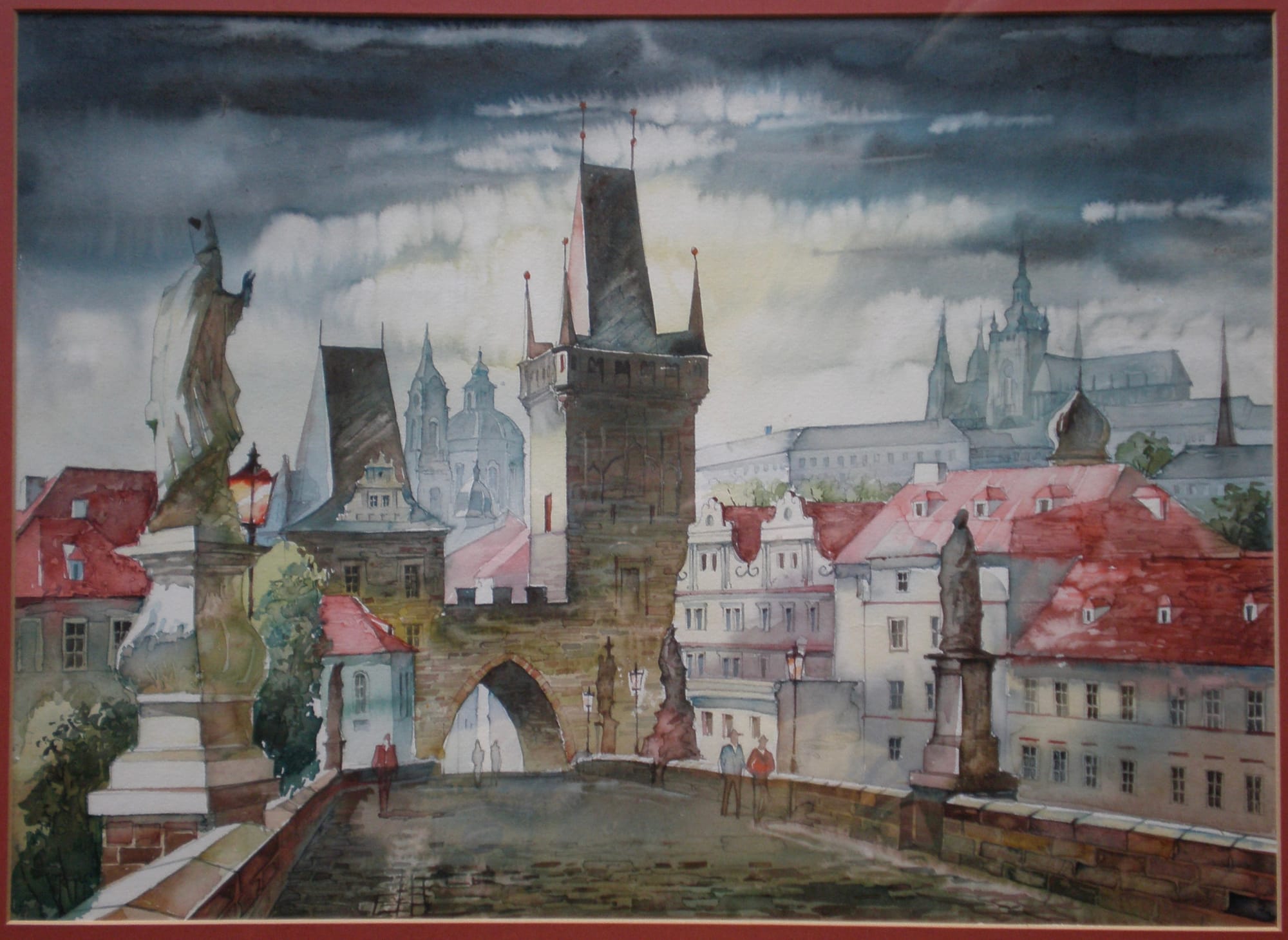
Edinburgh Castle by Karl Buetel
Painted from the vantage point of Usher Hall, this watercolor offers a dynamic and slightly whimsical view of Edinburgh Castle—a departure from Karl Buetel’s usual precision as a cartographer. Rather than mapping terrain, Buetel here maps atmosphere, capturing the castle not as a static monument but as a living presence above the city. The composition is animated by a gusty Edinburgh day. A woman strides across the foreground, her hair swept wildly by the wind, injecting movement and personality into the scene. Her presence is almost cinematic—an unexpected flourish from an artist trained in topographical clarity. The castle looms above, rendered with soft washes and loose contours, its stonework suggested rather than defined.
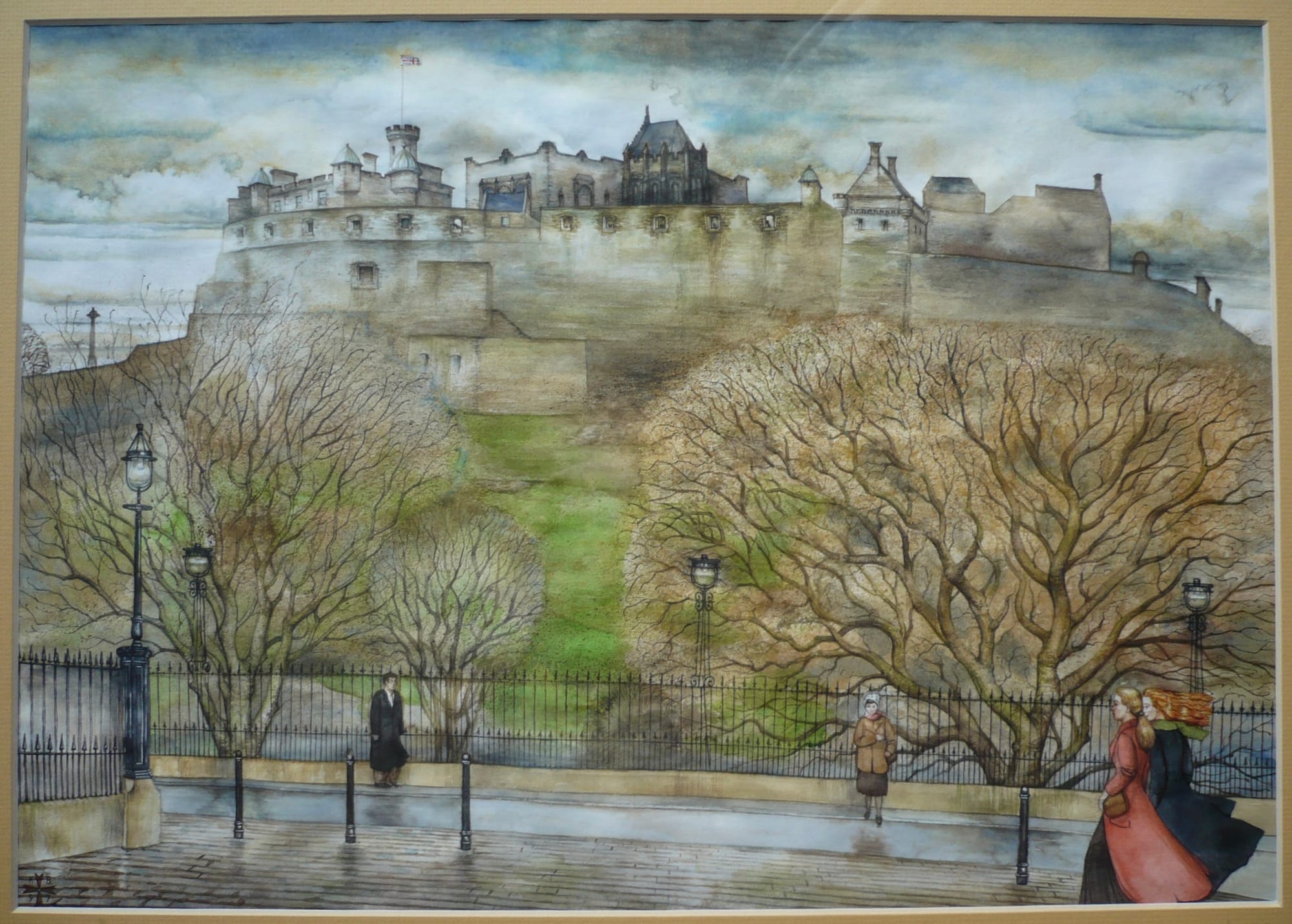
Robert Burns at Alloway by John McGready
In this evocative portrait, Robert Burns stands with quiet pride, his gaze steady, his posture upright—an embodiment of the poet’s enduring legacy. Painted by John McGready, the work places Burns not in abstraction or idealism, but firmly within the landscape of his birthplace: Alloway. Behind him, the village unfolds in soft detail—stone cottages, winding paths, and the silhouette of the old kirk, immortalised in Tam o’ Shanter.
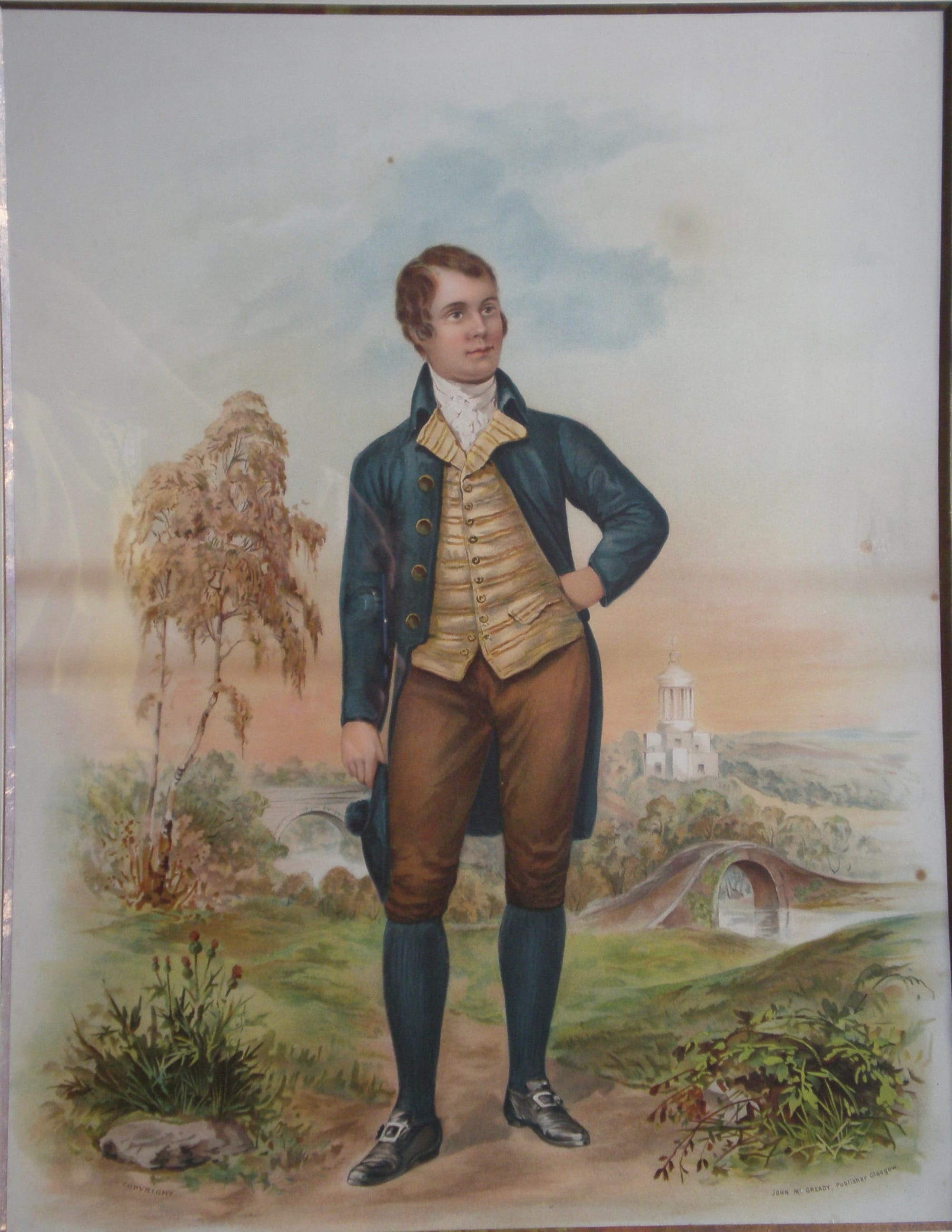
Turl Street, Oxford by Andrew Manson
Andrew Manson’s rendering of Turl Street is a study in urban intimacy, capturing the quiet grandeur of one of Oxford’s most storied lanes. The street itself threads between Jesus College and Exeter College, with Lincoln College just steps away—what Betjeman affectionately called “the little colleges that front the Turl.” Though it doesn’t pass near my alma mater, St Hugh’s, the painting still echoes the shared rhythm of Oxford life: stone, scholarship, and solitude.
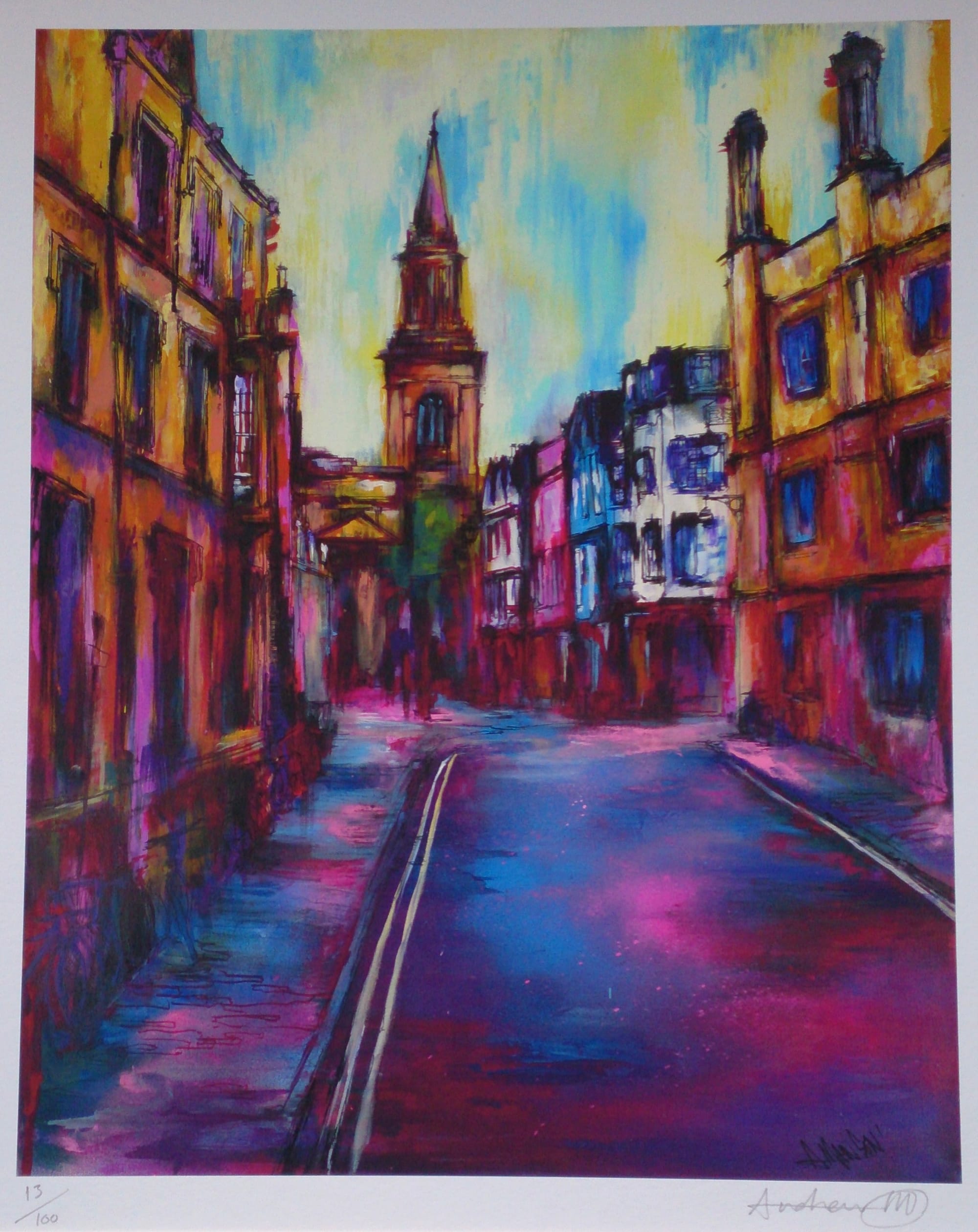
The Scholar's Repose by Enrique Ochoa
Painted not far from where Ochoa lived in Málaga, The Scholar’s Repose is a deeply introspective work that invites viewers into a moment of intellectual solitude. The scholar—seated, perhaps reclining—is surrounded by the quiet architecture of thought: books, parchment, and the soft glow of Mediterranean light. It’s a scene of mental retreat, where the noise of the world is replaced by the hum of reflection. Ochoa, known for his modernist and Art Deco sensibilities, brings a subtle elegance to the canvas. The scholar’s posture is relaxed but alert—suggesting not sleep, but mental immersion. There’s a gentle irony in placing this piece alongside Turl Street, Oxford in European Echoes – Landmarks & Legacy exhibition. One depicts the external architecture of academia, the other its internal landscape. Together, they form a dialogue between place and purpose, between the scholar’s journey and his destination.
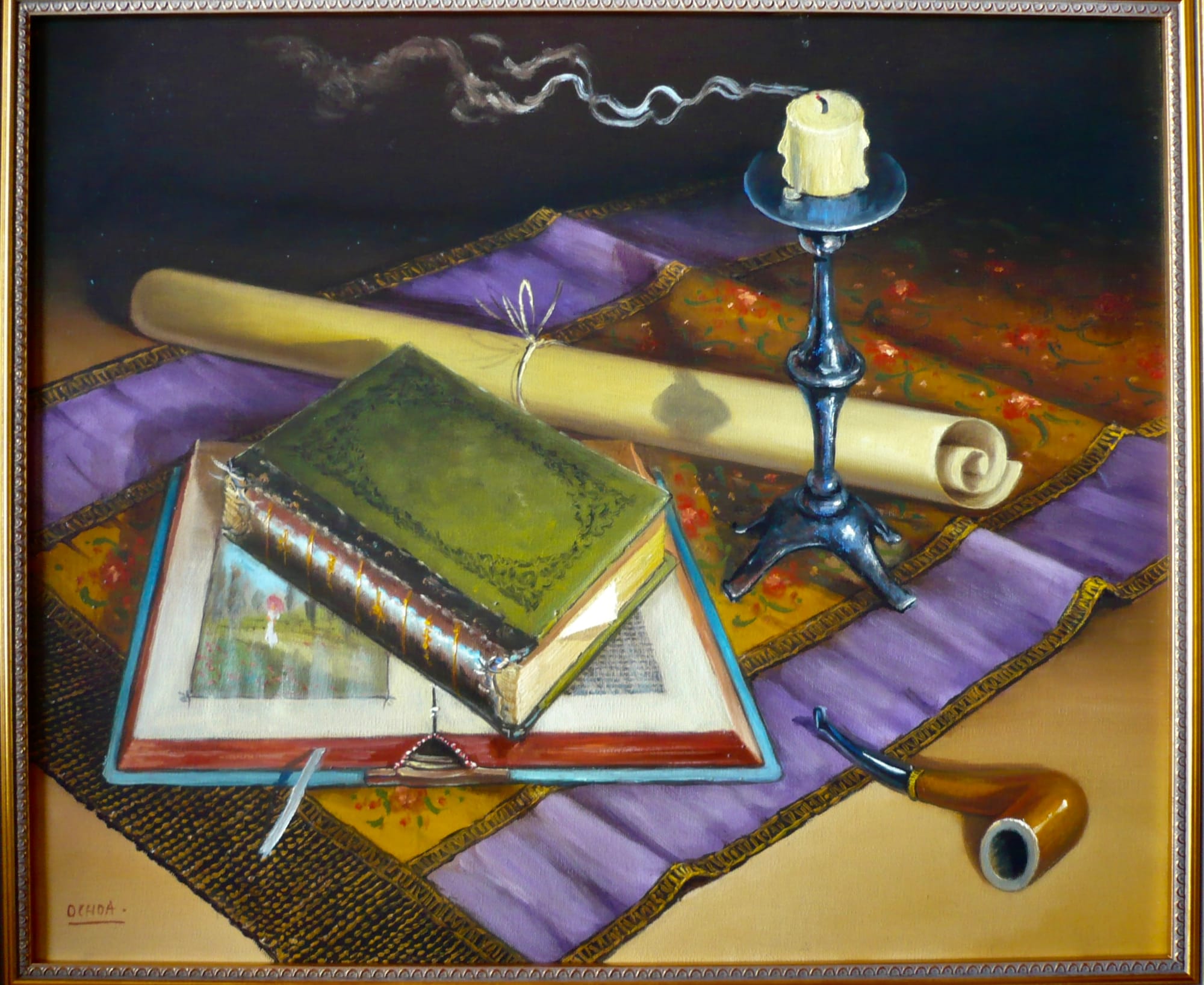
Portrait of a Child by Paulo Parbacli (unconfirmed)
This tender portrait captures the quiet introspection of childhood, rendered with a sensitivity that transcends attribution. The boy’s gaze is soft but distant, his posture composed yet withdrawn. There is a subtle but unmistakable sadness and loneliness in his expression—a sense of being observed, but not quite seen. The muted palette and gentle brushwork reinforce this emotional tone, creating a space where stillness becomes story, the conclusion of which we will never know.
